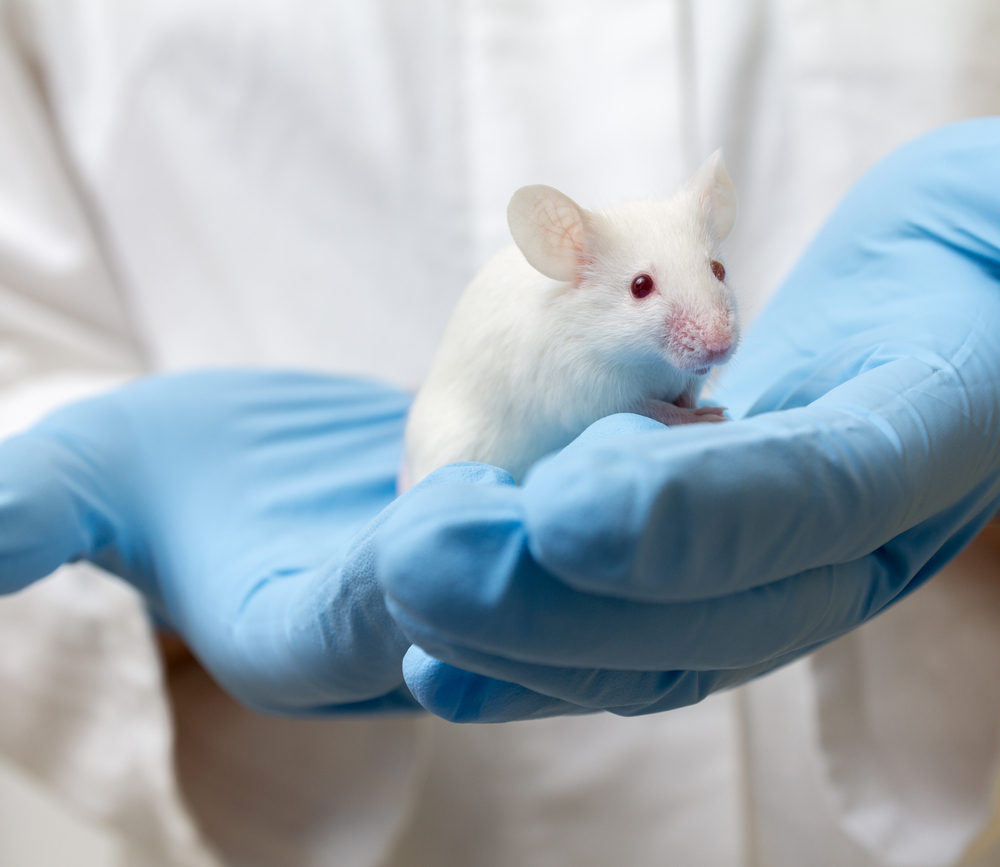Two-stage Gene Therapy for Hemophilia A Shows Promising Results in Mice, Researchers Say

Casebia’s two-stage gene therapy approach was successful in delivering the human gene coding for clotting factor VIII (FVIII) in a mouse model of hemophilia A, leading to stable and increasing levels of the factor, researchers said.
“Our scientific team, led by Alan Brooks, Ph.D., have achieved a notable and potentially impactful advance towards a curative treatment for patients with hemophilia A,” Jim Burns, PhD, president and CEO of Casebia, said in a press release. Burns noted that hemophilia affects an estimated 400,000 people worldwide, with a majority having hemophilia A.
“While acknowledging that early-stage results in animal models do not always translate into successful human treatments, we are extremely encouraged by the results,” he added.
Brooks, Casebia’s principal scientist, shared the results in a presentation titled, “Therapeutic Levels of FVIII Generated by CRISPR/Cas9-mediated in vivo Genome Editing in Hemophilia A Mice,” at the International Society on Thrombosis and Haemostasis (ISTH) 2019 Congress, held recently in Melbourne, Australia.
Gene therapies are one of the most exciting potential treatments for diseases with a genetic cause, researchers say. Most gene therapies for hemophilia A rely on the use of inactivated viruses, namely adenoviruses (AAV), which can be engineered to deliver DNA to target cells. Upon infection, this therapy can introduce the FVIII gene into the target organ, the liver. The goal is to deliver a functional gene that can produce doses of the coagulation factor.
However, current AAV-based gene therapy approaches still face some challenges. Among them are variability in the production of FVIII, the development of neutralizing antibodies against AAV, and the limited ability to integrate the gene of interest into the genome.
Researchers at Casebia developed a unique two-stage gene therapy approach to help circumvent those current limitations. They tested this strategy in a mouse model of hemophilia A.
The animals were first injected with the AAV carrying the human FVIII gene. Then, the mice received an injection of the gene-editing tool CRISPR/Cas9. Encapsulated in tiny fat-enclosed vesicles (liposomes), it was designed to insert the human FVIII gene into liver cells so the gene could produce the factor.
Mice treated with the AAV alone had no detectable FVIII in their blood. However, mice treated with the two-stage approach began to produce the human FVIII protein. These mice had up to “70% of normal human FVIII levels that were stable through the longest time point measured at 4 months,” the researchers said. This production increased with repeated injection of the vesicles.
“Our experimental therapy has several advantages over existing approaches,” Brooks said. “The first is that it is theoretically stable for a lifetime because it is integrated into the host’s genome. The second advantage is that you can repeat-dose the LNP component to achieve the desired level of FVIII expression.
“While gene therapy approaches currently in clinical development that use only the AAV component have resulted in FVIII expression in patients, the level of FVIII is unpredictable in individuals and cannot be changed once it is established,” he added.






